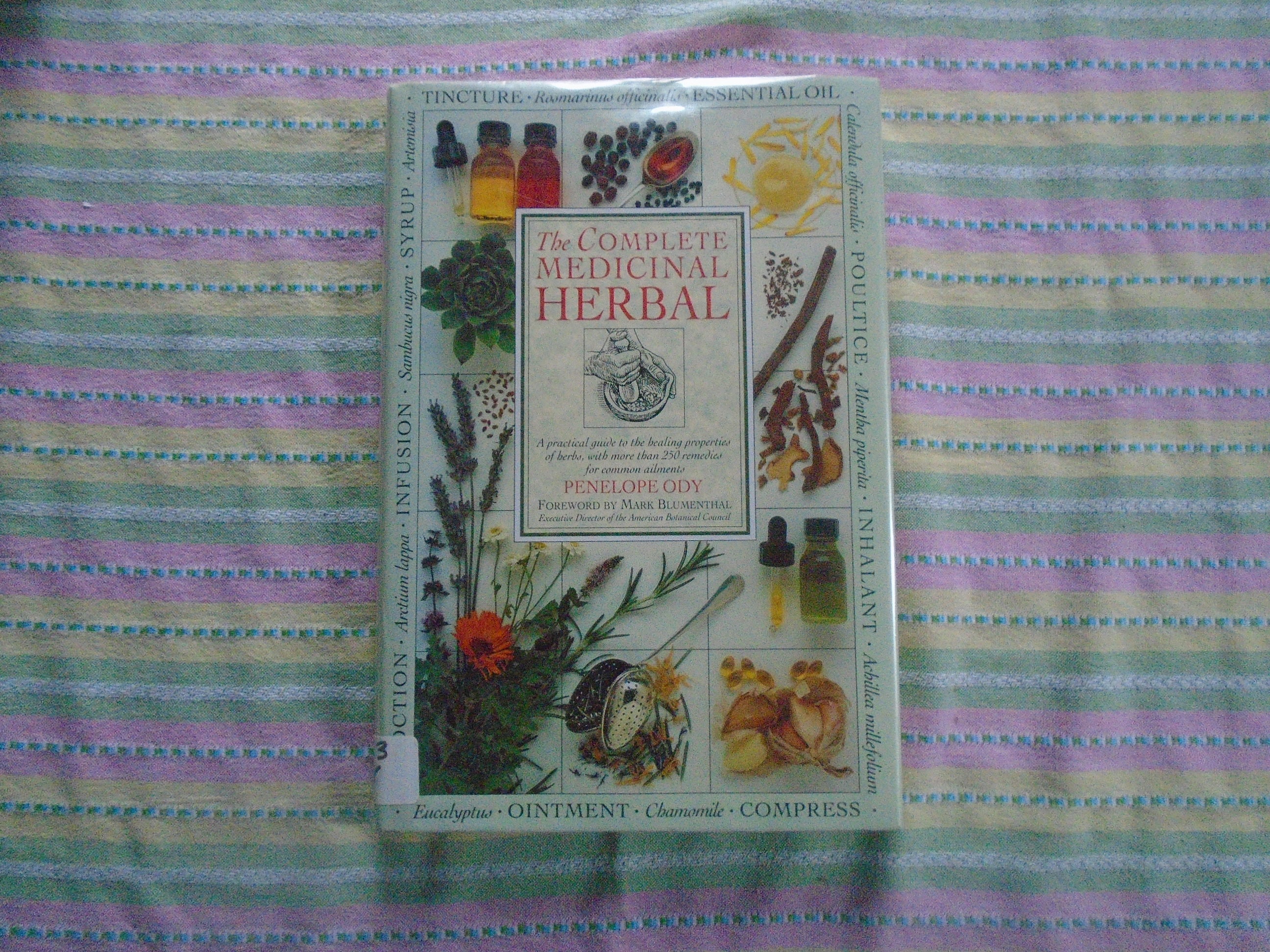
Growing Echinacea: Echinacea is native to Florida and can be grown in the ground or in a pot.

High doses may occasionally cause nausea or dizziness. Harvest the root after the plant flowers and then chop and dry. Treat inflammation, cold symptoms, or infections with a tincture of the dried root. Using Echinacea Medicinally: Most times, the root of the plant is used, but the flowers can be made into a tea to treat common cold symptoms. Many people have purchased capsules or tinctures of the plant to fight a cold, but Echinacea can be easily grown at home in our area. A Florida native and a natural immune-system booster, it is an attractive plant that can also treat colds, inflammation, and infection. EchinaceaĪlso called purple coneflower, Echinacea is often used as a decorative plant. One to three plants is sufficient for both the food and medicinal needs of a family.


Growing Cayenne: In our area, cayenne may be grown in a container or in the ground and require a long, warm growing season. Avoid therapeutic doses while pregnant or breastfeeding. Excessive consumption of cayenne can lead to gastroenteritis and liver damage. Important: avoid touching the eyes after handling fresh chilies, as the seeds can be toxic. To dry faster, place them in a dehydrator or in your oven on the lowest temperature. To dry the peppers slowly, simply string them up by their stems and hang until dried. Many medicinal uses of cayenne involve using the dried herb. For throat problems, drink the following tincture: dilute five to 10 drops of cayenne tincture in a half-glass of warm water and add honey and lemon juice. To treat sprains, rheumatic pains, and bruising, soak a pad in an infusion and use as a compress. Using Cayenne Medicinally: To treat colds, chills, shock, or depression, take an infusion of the dried herb internally. Cayenne can be used to treat sore throat, wounds, colds, chills, and bruising.

In addition to being edible, cayenne peppers (capsicum frutescens) also have medicinal uses. Cayenne are the hot peppers that typically grow a pale yellow color and mature to bright red. If you can handle the heat (or are prone to making painful bets), you’ve probably eaten a few cayenne peppers.


 0 kommentar(er)
0 kommentar(er)
